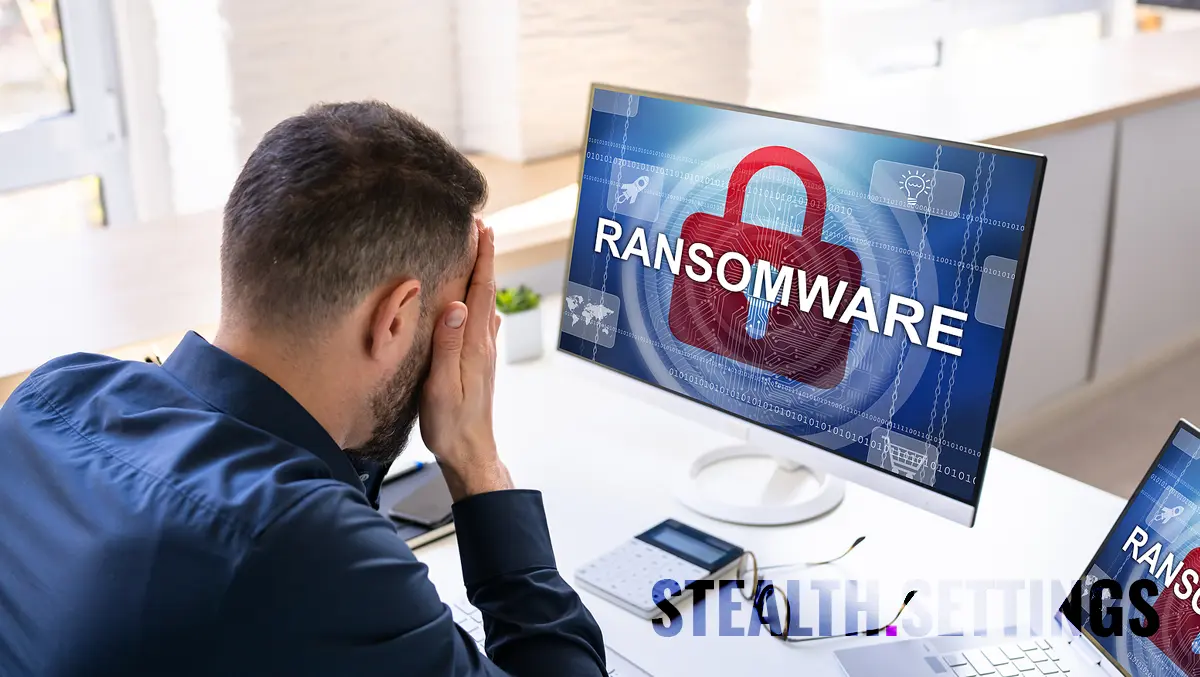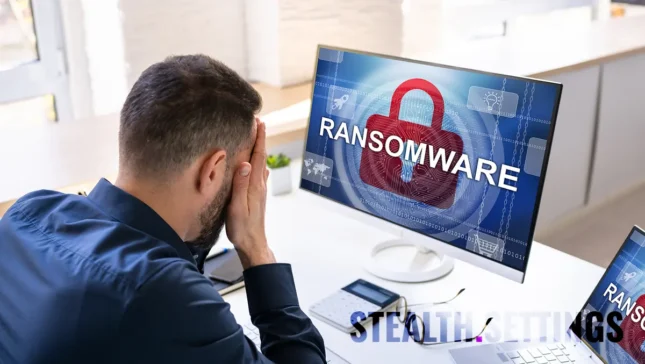In this article you will discover the most effective methods to protect your computer from ransomware.
content
Ransomware virus infection care encrypt files from computer hard drives has become a global problem and is the most serious form of malware, causing the greatest damage.
Yesterday (12.05.2017) the biggest one took place cyber attack with this type the virus. Named WannaCry or WannaCryptor, by those from ESET, the virus affected tens of thousands of computers FROM over 100 countries.
Affected by the ransomware infection were: government institutions, hospitals, mobile phone companies, electricity and natural gas supply companies and from many other fields. All reported huge losses and delays in service delivery following the damage caused by file encryption by this ransomware virus.
We published an article in March 2015 about this type of virus and gave some advice about it how PCs can be prevented from being infected.
To think that there is a 100% safe method would be to deceive ourselves. From experience we tell you that over time, there has not been a measure / a software that ensures long-term system security, at least on Windows. We do not even think that such a thing would be desired. There will always be security breaches, always the interest of anti-virus companies there will be these breaches of security. But this is another discussion, starting from the idea that from 2015, when ransomware was still in “pioneer”, a large-scale attack with this type of virus was reached in 2017. How many nK dollars and euros will be invested in security software after this attack? ;-)
If you are “home user” and you don't want to have one like this “surprise”, the measures by which you can protect your computer from ransomware are simple.
Maybe you are waiting for us to say that first of all you must have one updated antivirus software (and with a license), and Windows should be updated regularly. Not. As a matter of urgency, you must pay attention to which sites you access, which links you open and above all what download email attachments in calculator.
Here are the specific measures you can take to protect your computer from ransomware
In order to greatly reduce the chances of your PC being infected with a ransomware virus, as I said above, the first thing is to be careful when you surf the Internet or when you receive messages with attachments on e-mail.
1. Install a strong antivirus program and update it frequently. Make sure your antivirus program detects and removes ransomware.
2. Do not open files attached to suspicious emails, direct messages on social media or other unknown sources. Even if the message apparently comes from a friend, collaborator or business partner.
3. Do not install programs or applications from unsafe or unauthorized sources. Antivirus software can't always detect the latest ransomware models.
4. Regularly update the operating system and programs installed on the computer. Many software manufacturers release updates that include security patches which can help prevent infections. This is one of the most important measures you can take to protect your computer from ransomware.
5. Use strong passwords and avoid using the same passwords for multiple accounts. Ransomware can try to brute force passwords to gain access to your systems and data.
6. Use a firewall to block unauthorized traffic from the network or the Internet.
7. Create backup copies of important data and keep them in a safe place. The backup copies can help you recover the data if they are encrypted by ransomware.
8. Watch for warning signs of a possible ransomware attack, such as unexpected file changes or computer slowdowns. If you notice such signs, immediately disconnect from the network and request help from information security professionals.
The most common ways to infect a PC are through e-mail, especially where they are used Outlook, Mozilla Thunderbird or Windows Live Mail drept client. Never set your email client to automatically download attachments from your email server.

Do not open links if you do not check first sender source. Find here some information on how to do this.
Another method of infection is through the sites that offer “software premium” without his license Serial (license key). This is called the sites of “cracks“. Try as much as possible to install on your system only the programs that are really useful to you, and those should be downloaded from the manufacturers' websites.
When you install a program “saves”, besides the fact that it is illegal, no one can guarantee that the hacker who made the changes to run without a license, did not make other changes to create “INPUTS” in your PC
What to do if your PC is infected with a ransomware virus
1. If you are asked for a sum of money in exchange for decrypting the files, DO NOT do this. You risk throwing away the money for nothing, and in addition, you might be left without the card data. More recently, Bitcoin payment is required.
2. Disconnect the infected PC from the local network. LAN, It is very possible that if a laptop in the house is infected, the virus will spread to the other computers in the network.
3. Cautati pe internet, trusted sites and communities which offers decryption solutions following ransomware infection.
4. In situatia in care v-au fost criptate date foarte importante si nu ati gasit o solutie de decriptare a lor, DO NOT FORMAT the hard. Giving up encrypted data is not a solution, unless the budget allows replacing the infected hard drive.
Replace the infected hard disk and wait until the decryption software appears to solve its problem. It's a matter of time.
